It’s hard to say exactly how many of Ellis Island’s child migrants were unaccompanied, but a leading historian says they were in the several thousands. National Archives
By Tasneem Raja | Originally Published at Mother Jones. July 18, 2014 6:00 AM EDT
And no, we didn’t just send them packing.
Of course, not everyone was lining up to give Annie and her fellow passengers a warm welcome. Alarmists painted immigrants—children included—as disease-ridden job stealers bent on destroying the American way of life. And they’re still at it. On a CNN segment about the current crisis of child migrants from Central and South America, Michele Bachmann used the word “invaders” and warned of rape and other dangers posed to Americans by the influx. And last week, National Review scoffed at appeals to American ideals of compassion and charity, claiming Ellis Island officials had a strict send-’em-back policy when it came to children showing up alone.
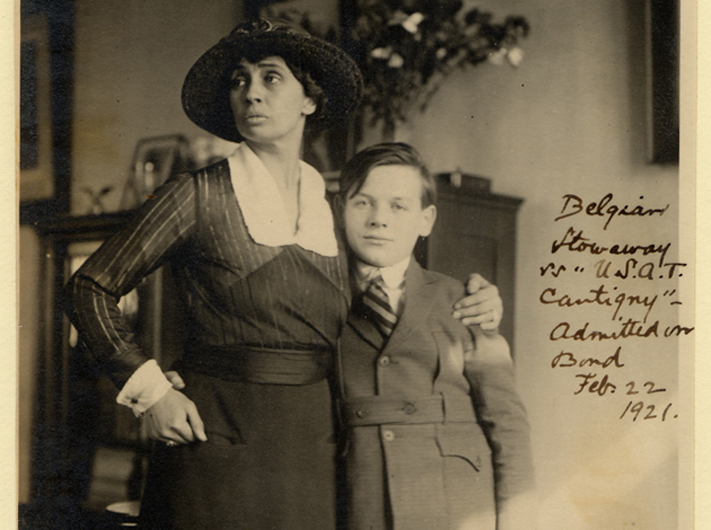
Col. Helen Bastedo posted bond for 13-year-old Belgian stowaway Osman Louis, February 1921. Augustus Sherman/National Parks Service
In Annie’s case, her parents were waiting to receive her; they’d taken the same journey to New York three years before, looking for work. But according to Moreno, thousands of unaccompanied children came over without friends or family on the other side of the crossing, many of them stowaways.
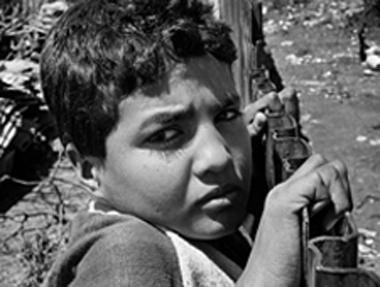 70,000 Kids Will Show Up Alone at Our Border This Year. What Happens to Them?
70,000 Kids Will Show Up Alone at Our Border This Year. What Happens to Them?Map: These Are the Places Central American Child Migrants Are Fleeing
Why Our Immigration Courts Can’t Handle the Child Migrant Crisis
Are the Kids Showing Up at the Border Really Refugees?
See MoJo’s full coverage of the surge of unaccompanied child migrants from Central America.
Moreno doesn’t know of an official count of how many children were naturalized this way, but he says it was fairly common. And he can point to at least one great success story, that of Henry Armetta, a 15-year-old stowaway from Palermo, Italy, who was sponsored by a local Italian man and went on to be an actor in films with Judy Garland and the Marx Brothers. “He’s one of the best known of the Ellis Island stowaways,” Moreno says.
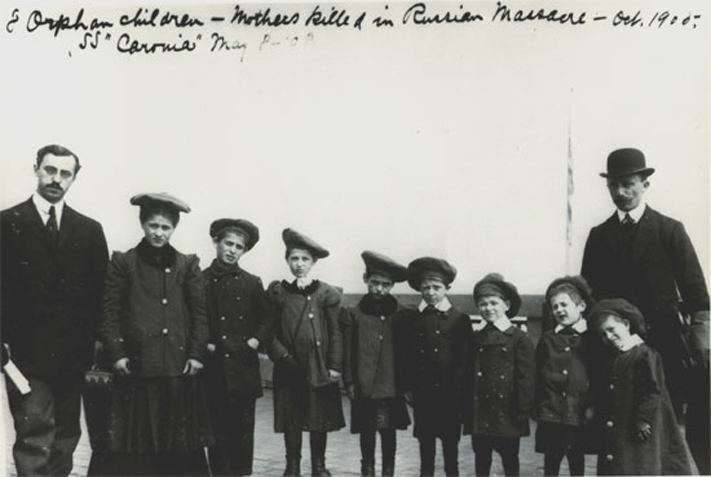
Eight orphan children whose mothers were killed in a Russian pogrom. They were brought to Ellis Island in 1908. Augustus Sherman/National Parks Service
Other children journeyed to Ellis Island alone because they had lost their parents, often to war or famine, and had been sponsored by immigrant aid societies and other charities in America. The picture above shows eight Jewish children whose mothers had been killed in a Russian pogrom in 1905. The Hebrew Immigrant Aid Society had obtained “bonds” to sponsor their immigration, and they arrived at Ellis Island in 1908. As Moreno notes in his book, thousands of orphans came over thanks to such bonds, and after landing, many would travel on “orphan trains” to farms and small towns where their patrons had arranged their stay.

A German refugee child and Superman devotee at the New York City Children’s Colony, a school for refugee children run by Viennese immigrants Marjory Collins/Library of Congress
Ellis Island officials made several efforts to care for children detained on the island—those with parents and those without—who could be there for weeks at a time. Around 1900 a playground was constructed there with a sandbox, swings, and slides. A group of about a dozen women known as “matrons” played games and sang songs with the children, many of whom they couldn’t easily communicate with due to language barriers. Later, a school room was created for them, and the Red Cross supplied a radio for the children to listen to.
And of course, many of those kids grew up to work tough jobs, start new businesses and create new jobs, and pass significant amounts of wealth down to some of the very folks clamoring to “send ’em back” today.
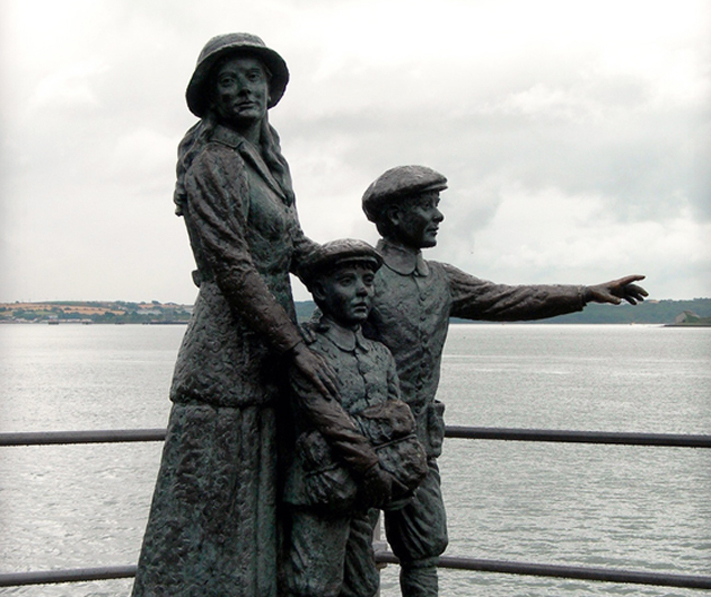
Statue of Annie Moore and her brothers in Cobh, Ireland. There’s another statue of Moore at Ellis Island. jafsegal/Flickr
Tasneem Raja is MoJo’s Interactive Editor. She specializes in web app production, interactive graphics, and user interface design. RSS | Twitter
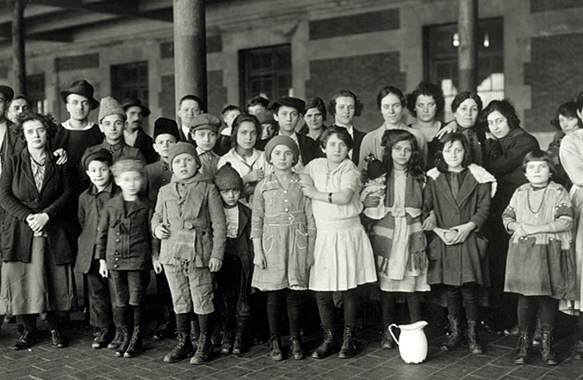











Leave A Comment